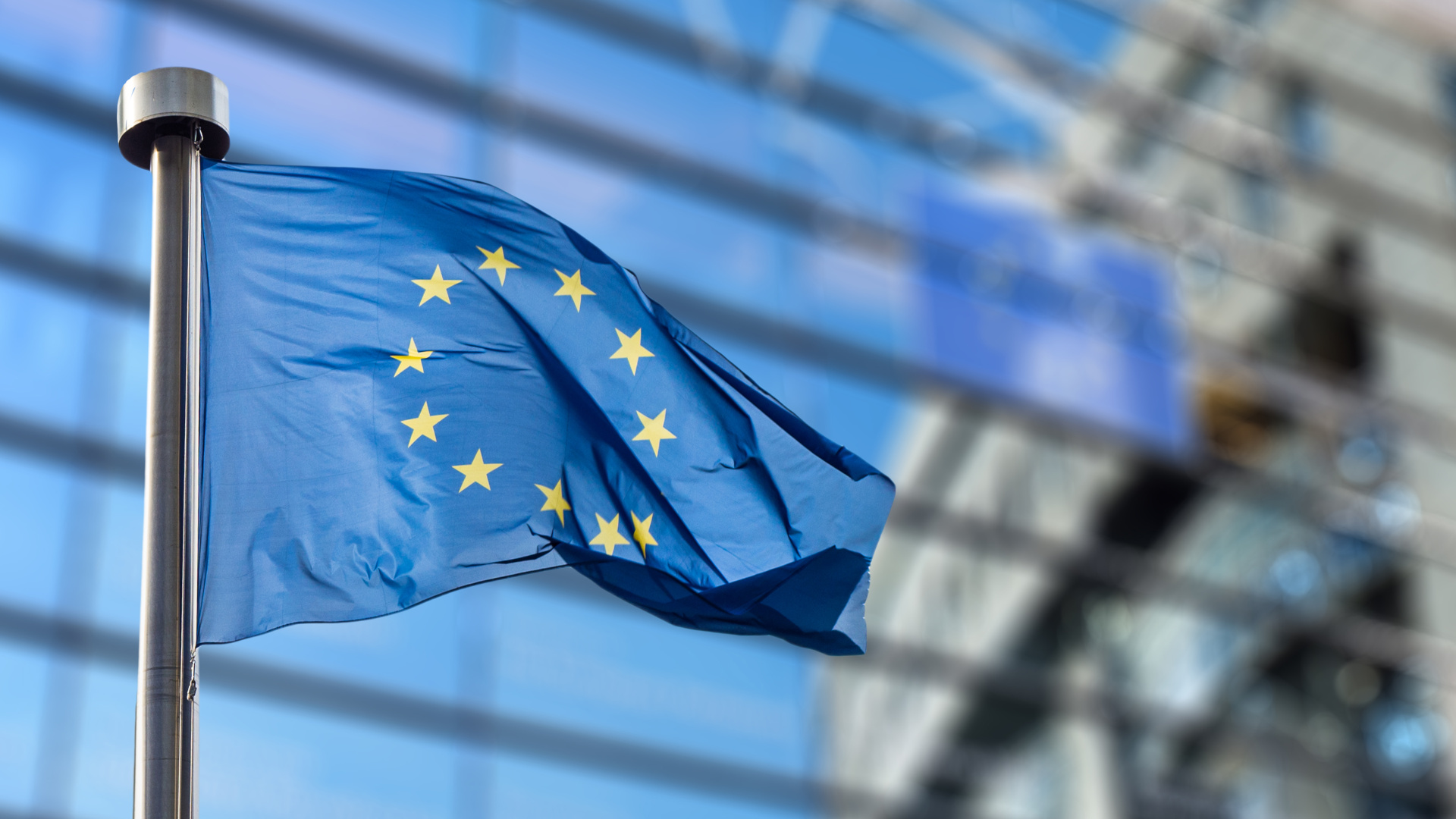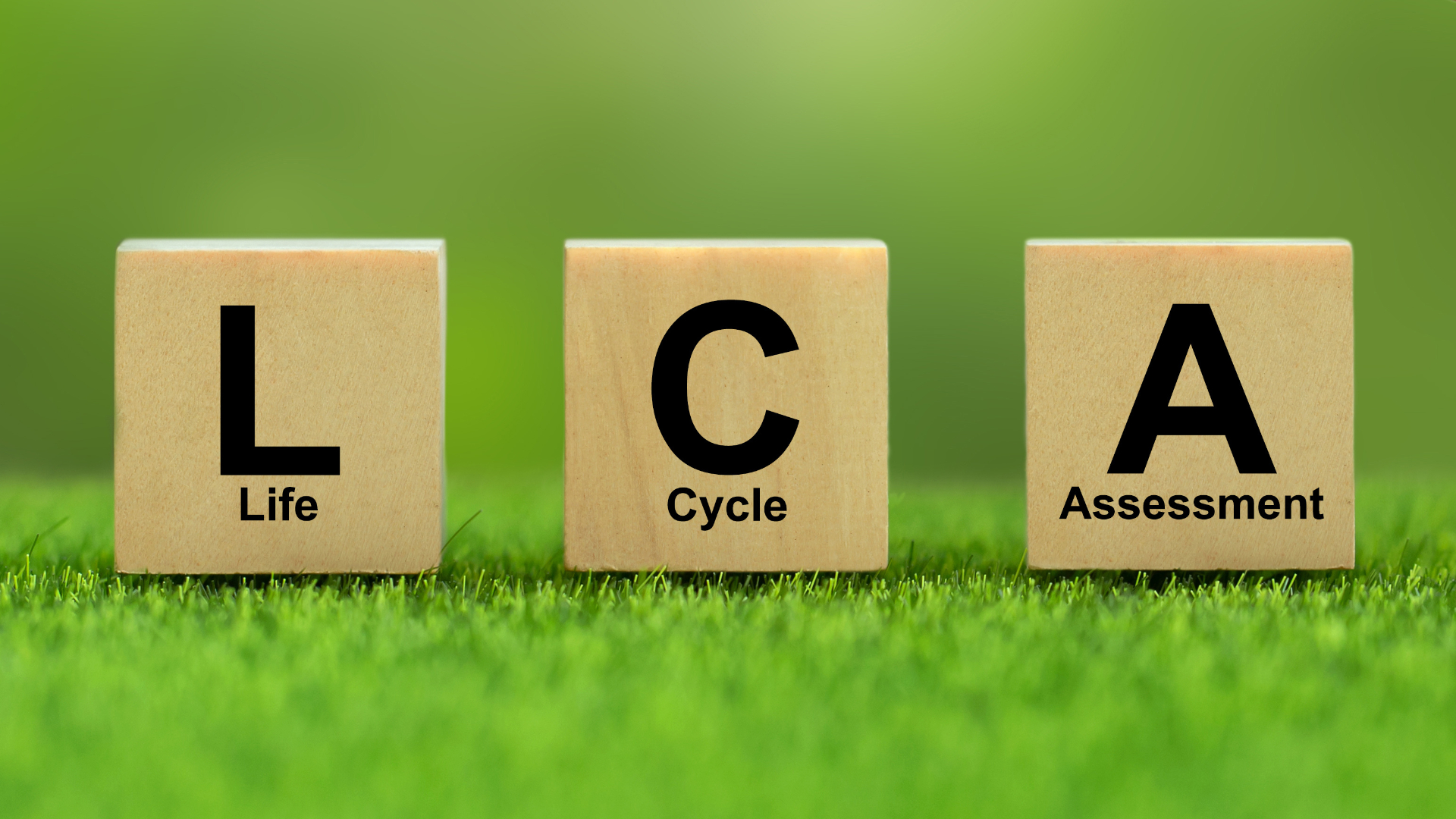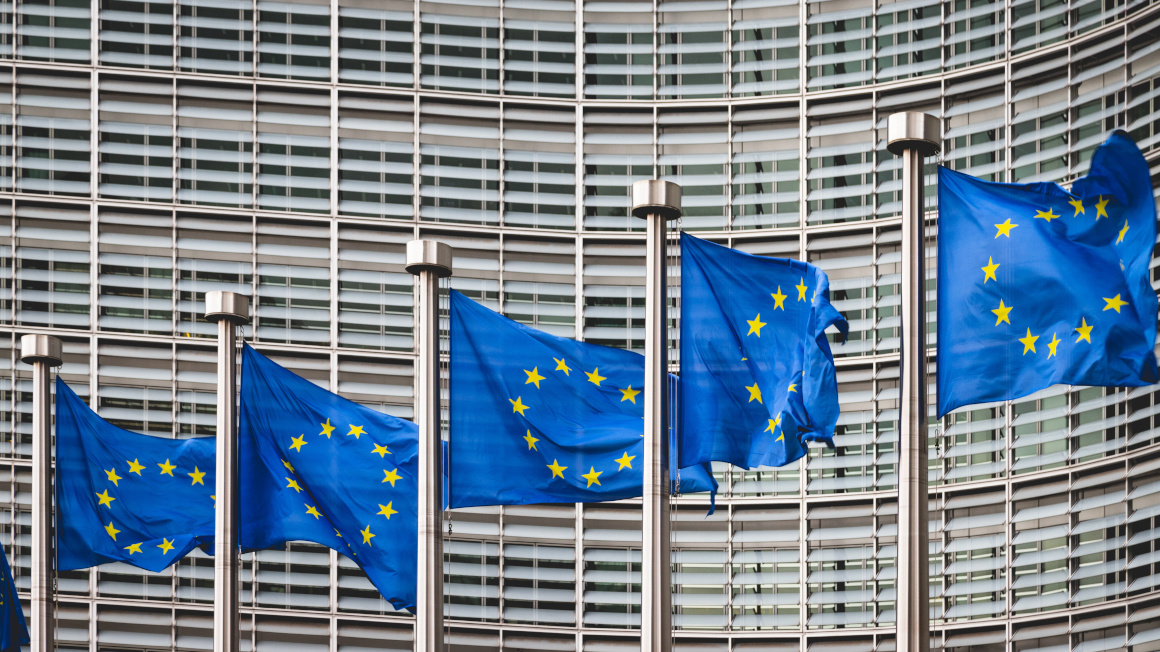Bioeconomy in the life sciences strategy
As part of the new life sciences strategy, the European Union intends to provide 10 billion euros annually to make Europe competitive in the field of life sciences. Innovations in sustainable bioeconomy solutions are a key driver of growth.

Europe is to become the world's most attractive location for life sciences by 2030. This is the aim of the new life sciences strategy adopted by the European Commission at the beginning of July. To this end, 10 billion euros are to be made available from the EU budget each year. The aim of the strategy is to utilise the potential of life sciences for health, the environment and the economy in a targeted manner and to strengthen Europe's competitiveness in the global innovation arena.
The Life Sciences Strategy goes far beyond the measures proposed for Biotechnology and Bioproduction 2024 and also covers areas such as food, health, pharmaceuticals and the environment. It pursues an integrated approach along the entire value chain, with measures to implement sustainable bioeconomy solutions playing an important role in the three central areas of the strategy.
350 million euros for sustainable bioeconomy solutions
In order to optimise the research and innovation system, up to €100 million is to be mobilised for the development and introduction of microbiome-based solutions - such as biomass fermentation and precision fermentation processes - as part of the 2026-2027 Horizon Europe work programmes. The range of technologies includes edible food coatings and microbiome solutions that increase the shelf life of food, as well as anaerobic digestion technologies that convert food waste into biogas.
In addition, 250 million euros will be made available for so-called cross-sector technologies in the field of life sciences - for example, for the development of innovative, sustainable methods and products aimed at the use of novel molecules, advanced materials and more efficient bioproduction.
Faster market access, creating more acceptance
In order to bring bioscientific innovations to the market more quickly, a European legal act for biotechnology is to be created to establish an innovation-friendly framework for all biotechnology sectors. The EU Commission is also planning a platform for contacts between start-ups, industry and investors. A further 300 million euros are planned to boost the confidence of the general public in such bioscientific innovations and their application and utilisation.
Basis for bioeconomy strategy
With the life sciences strategy, the EU Commission is also paving the way for a bioeconomy strategy, which is to be passed this year. This second strategy is intended to promote demand for bioeconomy products and support their expansion and market acceptance.It also aims to maximise resource efficiency, ensure a secure and sustainable supply of biomass and position the EU as a global leader in sustainable bioeconomy solutions. In order to achieve these goals, a strong and dynamic life sciences innovation ecosystem is of crucial importance, writes the EU Commission.
bb


